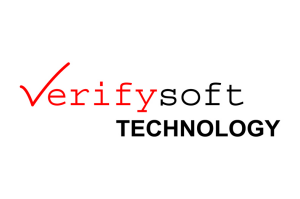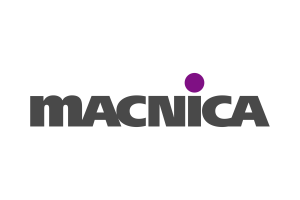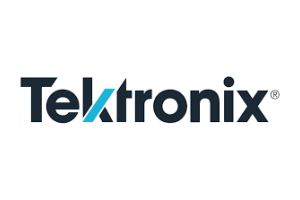How Trump's protectionism affects EMS
»The USA needs Mexico and Asia«
Fortsetzung des Artikels von Teil 1
Shortage of production workers in the USA
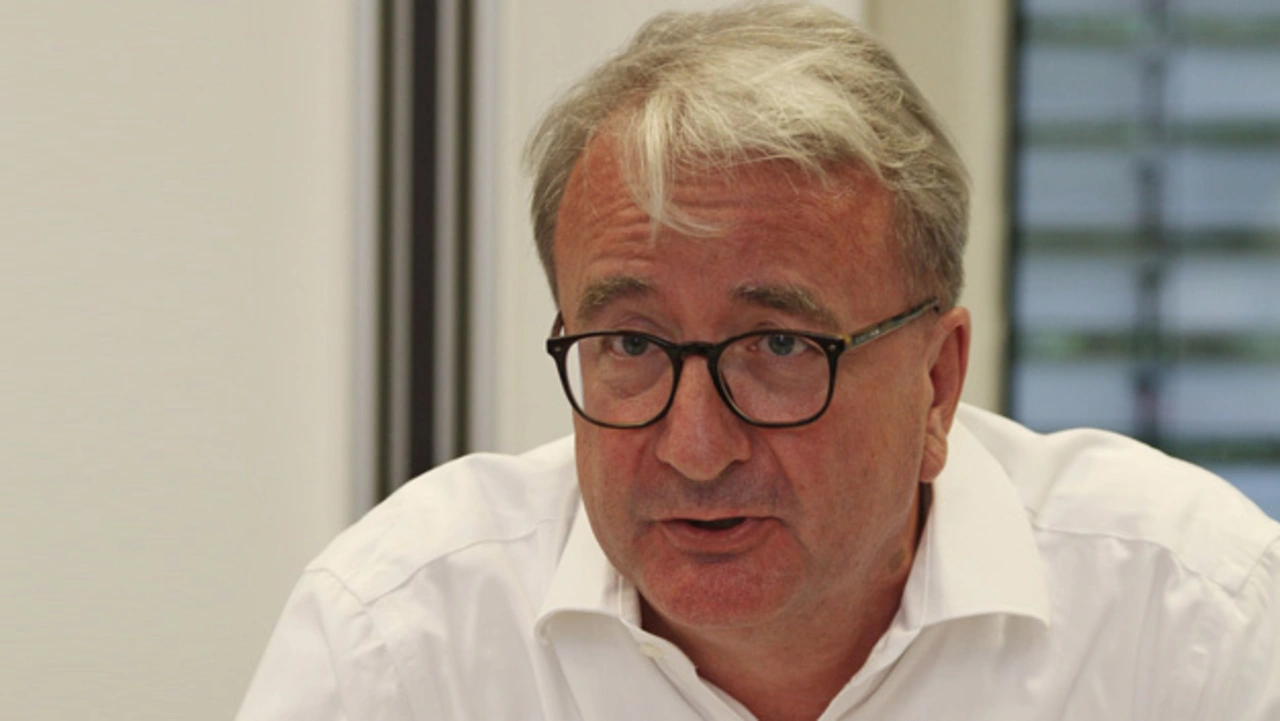
Does the end justify the means? Even though the Forum participants expressed their understanding for Trump‘s motives for bringing more production back home, most of them question whether the overall approach was wise from an objective perspective. “I don‘t find the US approach at all positive, because in the past it was long en vogue to relocate production from the USA to Mexico or Asia,” says Gerd Ohl, Managing Director of Limtronik. Companies opted for “clean” office jobs, while production activities were out-sourced to suppliers overseas. ”As a result, there are currently virtually no production workers in the USA. At the time, we could not find any qualified employees for our production site in the USA. We had to bring the personnel to Germany and train them ourselves. And this cycle is not so easy to reverse,” Ohl points out. Bernd Enser is also of the opinion that the USA would not be able to cope with a complete return of production to the USA from the manpower aspect. “The US needs Mexico and Asia for production,” he is convinced.
And to what extent does a production facility in the USA help to reduce customs costs for electronic services? According to Weber, the cost savings are limited. “We also produce in the USA, but in this case the value added is only excluded if the electronic components are subject to protection tax because they have to be imported from China”. According to Weber, the beneficiaries of this development are, at least potentially, Asian, non-Chinese contract manufacturers, since no protective duties are applied on the added value they generate in other Asian countries.
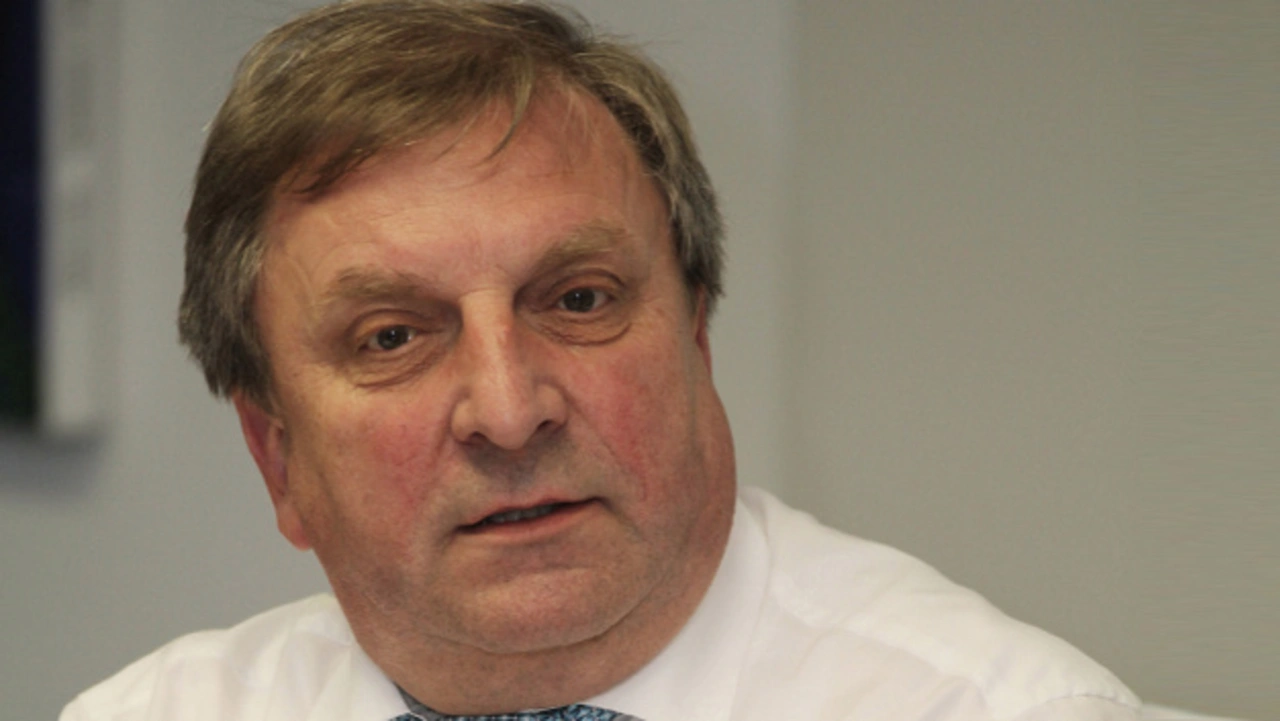
New business potential as a result of protective tariffs?
All in all, Trump‘s policy does not have only a negative impact on European electronics service providers. Gerd Ohl describes, for example, how existing local customers who also sell their products in the USA are considering relocating certain production steps, such as equipment assembly, to the Limtronik location in the USA. Roland Hollstein, Managing Director of Grundig Business Systems, can also see benefits in the fact that established structures are being broken down by changes, especially as he anticipates new business potential: „We are currently receiving enquiries from medium-sized US companies that develop many products in Germany, but have so far manufactured in Asia, and are now looking for assembly and production capacity in Germany and Europe in order to cushion the political uncertainties”.
This trend is also confirmed by Jürgen Seibert, Vice President Business Development at Plexus. “Over the past 18 to 24 months, global OEMs have positioned themselves to produce in Europe when they see a European demand for their products and thus become independent, at least to a certain extent,” he continues. “However, they still want to bill in dollars and pass the risk on to the EMS”. But in principle Seibert sees good opportunities for cooperation with medium-sized US companies, especially for the regional EMS in the DACH region. “Incidentally, we are seeing the same trend among Asian companies, with the exception of China. They, too, are prepared to move production to Eastern Europe in the event of European demand for their products.”
So, alltogeher a win-win for Europe? That Trump‘s protectionism could also generate business opportunities for Europe, because American companies are relocating their production here, cannot be denied. “If the trade relationship with the USA suffers somewhat, then the European route will become more important for Asia and that can only help us in Europe,” summarizes Felix Timmermann, Executive Vice President of Asteelflash.
However, relocating production is not always easy. “With FDA (Federal Drug Administration) -regulated products, for example, it is not so easy to switch and produce in Europe today and Asia tomorrow. You have to wait a year or two before production can be relocated,” Weber points out.
At the same time, EMS companies that have hitherto not produced in the USA are now thinking more intensively about establishing a location “in the New World”, as Jörg Neukirch, Managing Director of Neways Vertriebs GmbH in Neunkirchen confirms. “We anticipate more pressure from Trump and are thinking about having a foothold in North America. We already have an engineering site there to serve our US customers, but do not yet manufacture in the USA”. With these considerations Neways not only addresses the current political situation, but also follows the trend to serve customers locally, Neukirch underlines.
Mexico is still a popular location
And what is the fate of Mexico, the production location that was so sought after before Trump took office? Despite raucous announcements, Trump has not yet imposed any protective duties on imports from Mexico. Together with the USA and Canada, the country forms the North American Free Trade Area (NAFTA). According to Christian Groß, Business Unit Manager, Sales at Turck duotec, the Mexican location has not yet been affected - on the contrary: „Many of our medium-sized customers contact us to start production in the USA and Mexico. Serving local needs is a major issue, even for customers who previously rigorously excluded this.
Felix Timmermann has also observed an increased demand for Asteelflash‘s production site in Mexico. “Customers who have, up until now, manufactured in Asia for the USA –now want to explore the Mexico alternative for themselves. But it is still too early to say whether this will have an impact, because so much is still vague.”
- »The USA needs Mexico and Asia«
- Shortage of production workers in the USA





